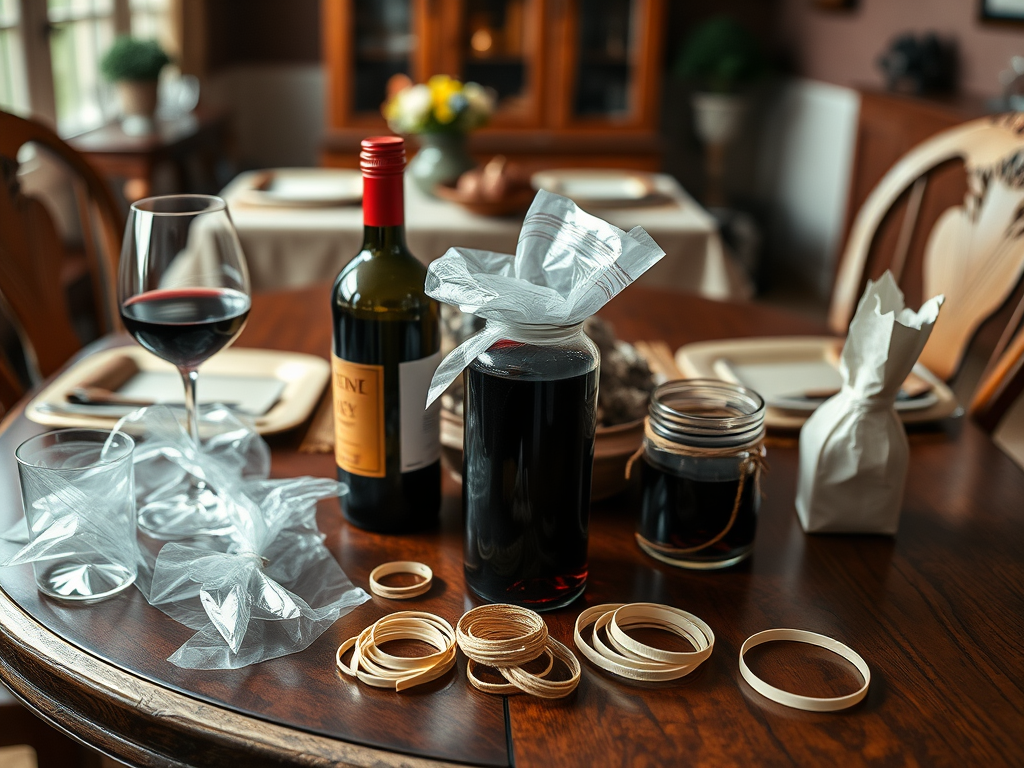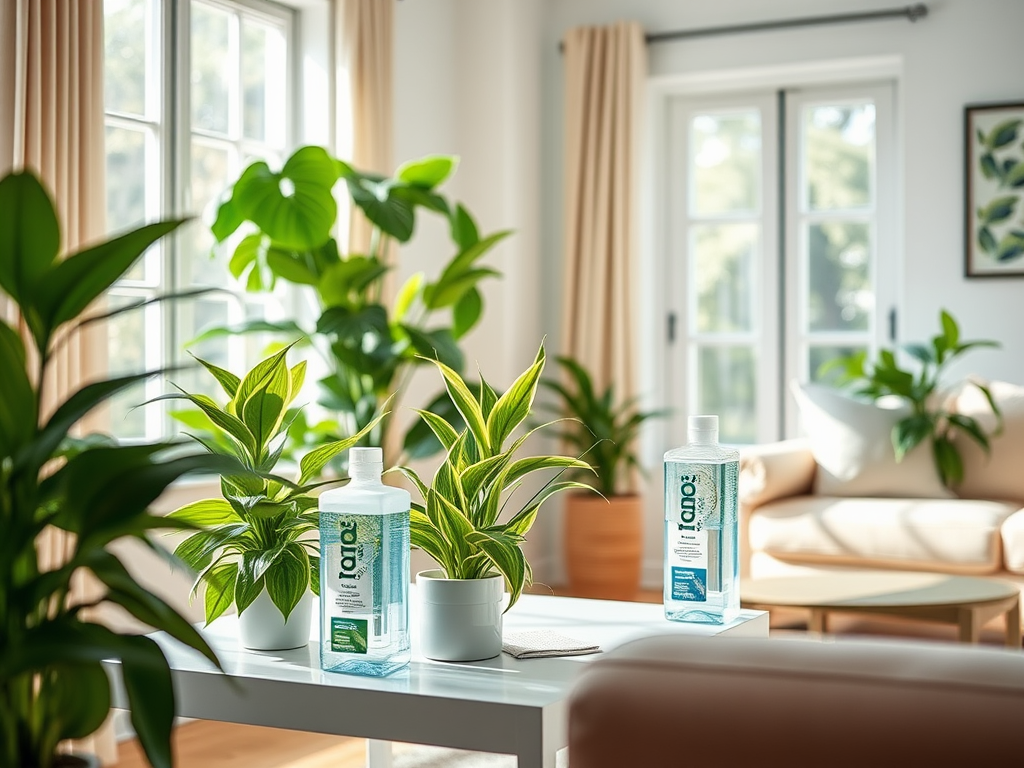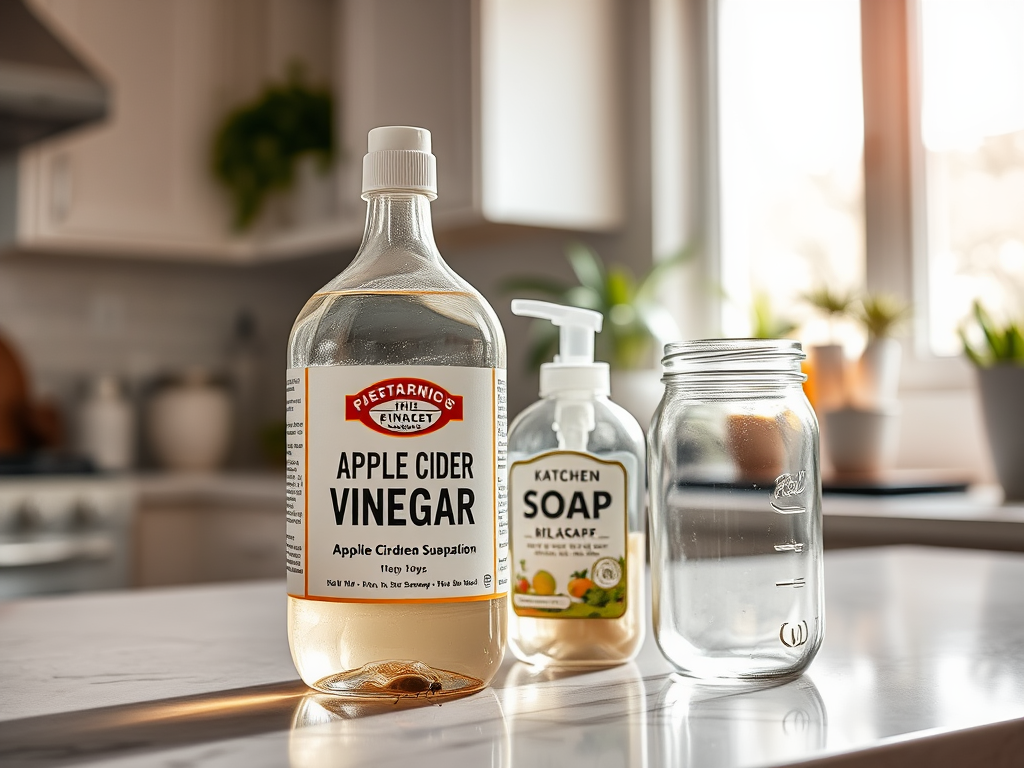Dealing with gnats in your home can feel like a never-ending battle, especially during the warmer months when these pesky insects seem to invade every corner of your space. Simple yet effective DIY solutions using everyday household items provide a practical way to combat this issue without resorting to harmful chemicals or expensive store-bought traps. The beauty of these solutions lies in their accessibility; you don’t need special tools or ingredients to reclaim your home from gnats. Using common items you likely already have on hand not only saves money but is also an eco-friendly approach to pest control. In this article, we’ll discuss various DIY gnat traps that can be easily crafted, along with prevention tips to help keep your living space gnat-free. So gather your household items and let’s get started on creating effective traps that will leave your surroundings gnat-free and fresh!
Understanding Gnats

Gnats are small flying insects that are notorious for their annoying presence in homes and gardens. Often mistaken for flies, these pests can be found in various forms such as fruit flies, fungus gnats, or drain flies, each with distinct behaviors and breeding grounds. Understanding the gnat’s life cycle begins with recognizing their breeding preferences, which include damp, decaying organic matter. These tiny intruders can filter into your home through open windows, cracks in screens, or even through your groceries. Identifying where these gnats are coming from is crucial for effectively managing their population. Not only can they be irritating, but certain types may also pose risks to your plants and fresh produce.
Homemade Gnat Trap Ideas

Crafting your own gnat traps is not only rewarding but also remarkably effective. Below, we outline several DIY options using items you likely have lying around your home. These simple traps harness the scents and chemicals that attract gnats, ultimately drowning or trapping them for easy disposal. The following lists highlight the various traps you can create, the materials needed, and how to set them up properly.
| Trap Type | Materials Needed | How It Works |
|---|---|---|
| Apple Cider Vinegar Trap | Vinegar, dish soap, jar | Attracts gnats with a sweet scent. |
| Red Wine Trap | Red wine, plastic wrap, container, rubber band | Traps gnats with the aroma of fermentation. |
| Soap and Water Trap | Dish soap and water | Reduces surface tension so gnats drown. |
Apple Cider Vinegar Trap
- Materials Needed: Apple cider vinegar, dish soap, and a jar.
- Instructions: Pour about an inch of vinegar into the jar, add a drop of dish soap, and leave it uncovered.
- How It Works: The vinegar attracts the gnats and the soap lowers the water’s surface tension, causing them to drown.
Red Wine Trap
- Materials Needed: Red wine, a container, plastic wrap, and a rubber band.
- Instructions: Pour a small amount of wine into the container, cover it with plastic wrap, and secure with a rubber band.
- Why It Works: The fermentation smell of the wine lures gnats in, but they can’t escape through the tiny holes poked in the wrap.
Soap and Water Trap
- Materials Needed: Liquid dish soap and water.
- Instructions: Mix a few drops of dish soap into a shallow dish filled with water.
- Effectiveness: This trap works because the soap breaks the surface tension of the water, leading gnats to drown when they land on it.
Additional Tips for Gnat Prevention
Beyond using traps, taking preventive measures is crucial in managing gnat populations in your home. Proactive steps can significantly reduce the chances of gnats returning even after you have successfully trapped them. One major method involves regular cleaning and maintenance to eliminate breeding grounds. It’s important to consider areas like fruit bowls, potted plants, and damp sponges, which can serve as prime breeding locations for gnats.
Cleaning and Maintenance
- Eliminating Breeding Grounds: Dispose of overripe fruit, clean recycling bins, and avoid overwatering indoor plants.
- Regular Maintenance: Check windows and doors for gaps and install screen protection to minimize entry points.
Natural Repellents
Incorporating natural repellents can also be an effective strategy to deter gnats without harmful chemicals. Various herbal solutions made from herbs and essential oils can repel gnats effectively. Some popular options include mint, eucalyptus, and rosemary, which can not only ward off gnats but also add a refreshing scent to your home. Placing pots of these herbs around your living spaces can double as both a delightful decoration and a gnat repellent. Additionally, homemade sprays made from these oils can be used to mist in places where gnats are frequently spotted.
Conclusion
Crafting your own gnat traps using everyday household items is an effective and sustainable way to manage and eliminate gnats in your home. Not only are these DIY traps easy to create, but they also provide immediate relief from the annoyance these pests can cause. By keeping your home clean and implementing preventive measures, you can greatly reduce the chances of a gnat infestation. Remember, the key to long-term success in gnat management lies in both trapping and prevention. So, start collecting your household items today and take control of your indoor environment!
Frequently Asked Questions
- What are the best household items for making gnat traps? Everyday items like apple cider vinegar, red wine, dish soap, and containers work effectively.
- How quickly can I expect to see results from my gnat trap? Results can vary, but many traps catch gnats within a few hours to a day.
- Are these traps safe to use around pets and children? Yes, as long as you avoid using harmful chemicals, these traps made from household items are generally safe.
- What should I do if my traps aren’t working? Ensure you’re placing the traps in areas where gnats are most active and consider placing multiple traps for better results.
- How can I prevent gnats from coming back? Regular cleaning, removing food sources, and checking for moisture sources can help keep gnats at bay.
